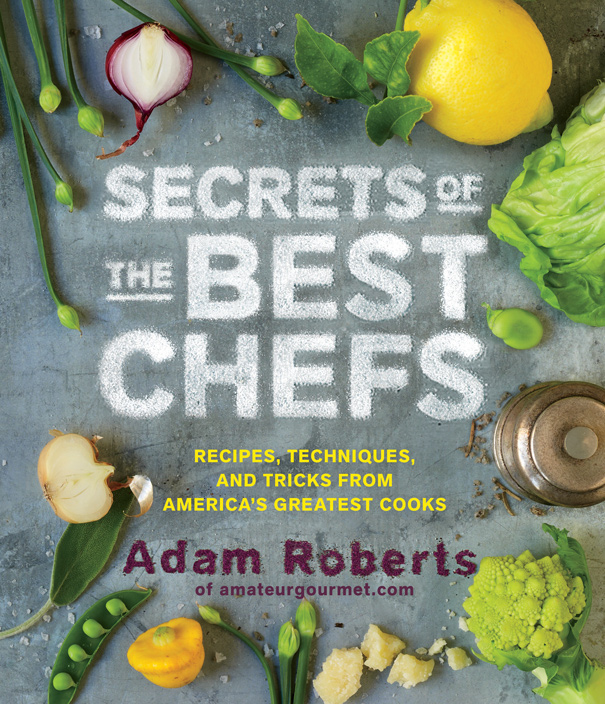1. Grate ginger (fast) instead of mincing it (slow).
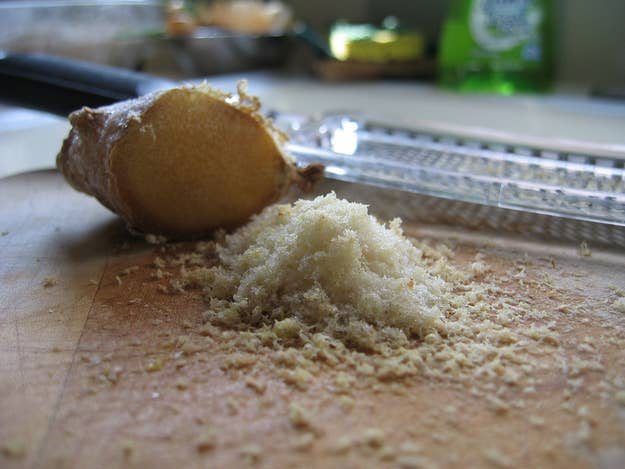
Be sure to use a sharp grater like a Microplane — a cheap, dull one will just turn everything to mush. The fine texture you get with a Microplane means the ginger's flavor will integrate more evenly with what you're cooking.
From Susan Feniger, chef-owner of the Border Grill in Los Angeles.
2. For a stronger cracked pepper flavor, use a weed grinder.
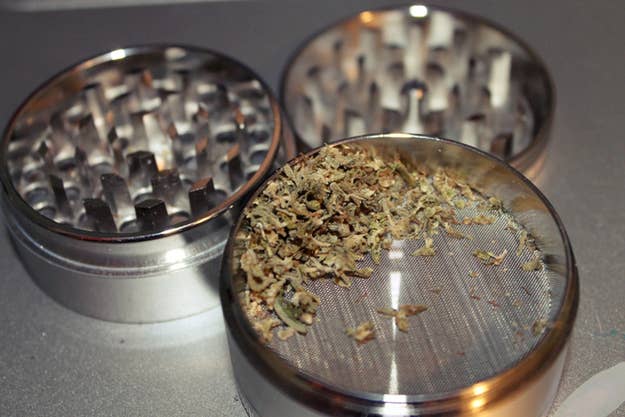
One of the little round grinders sold at head shops works better than a regular pepper mill because rougher texture = stronger peppery flavor.
From Dave Arnold & Nils Noren, instructors at the International Culinary Center in New York City.
3. For easier peeling, crack and soak hard-boiled eggs.
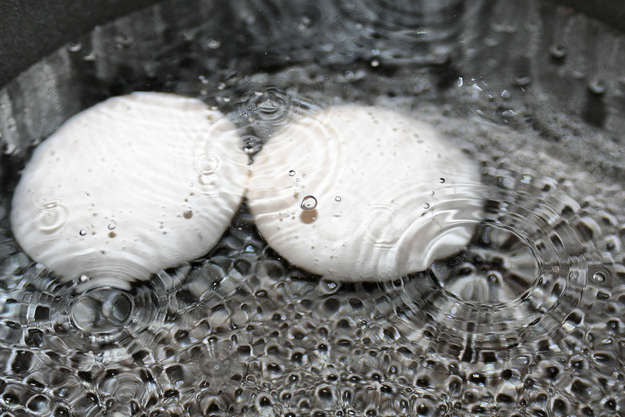
Crack a boiled egg on the counter, and then submerge it in water. The water will get in between the shell and the egg, making it easier to peel when you're ready.
From Elizabeth Falkner, chef at Krescendo in New York City.
4. For precise sauté control, work with chopsticks.
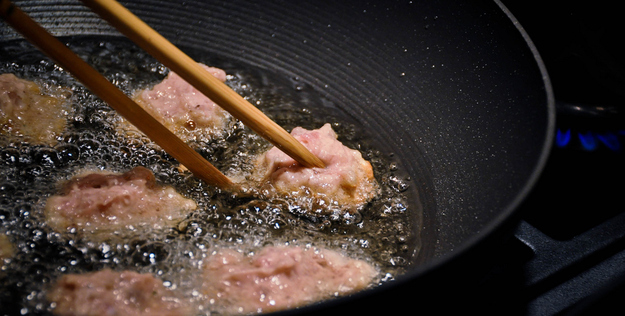
They're handy for way more than eating Asian food. Use them when you want precise control moving something, like turning over individual pieces of meat or vegetables in a pan.
From José Andrés, chef-owner of lots and lots of restaurants.
5. Check vegetables for doneness with a cake tester.
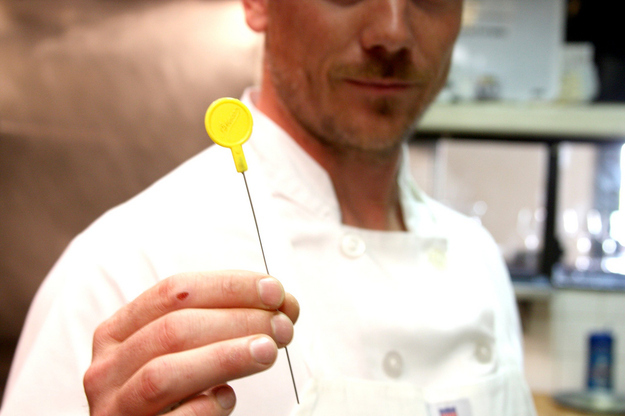
Poke the vegetables you're cooking with a metal cake tester; as soon as it goes through easily, they're done.
From Daniel Patterson, chef-owner of Coi in San Francisco.
6. Make dumpling wrappers out of white bread.
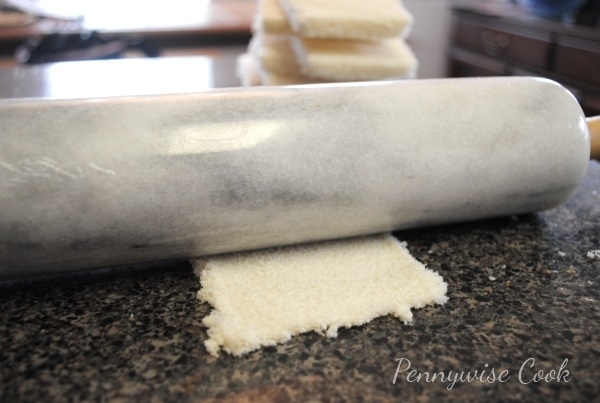
You can use slices of soft sandwich bread instead of mixing your own dumpling dough. Cut off the crusts, flatten it with a rolling pin, then stuff, fold, pinch it, and cook it same way.
From Amanda Cohen, chef at Dirt Candy in New York City.
7. Fold ingredients together with a whisk.

A wire whisk is the best tool to use when a recipe calls for you to "fold in" something delicate (like whipped cream or egg whites into a batter) without losing air. Ditch that spatula.
From Gina DePalma, pastry chef at Babbo in New York City.
8. Rescue out-of-season tomatoes by roasting them.
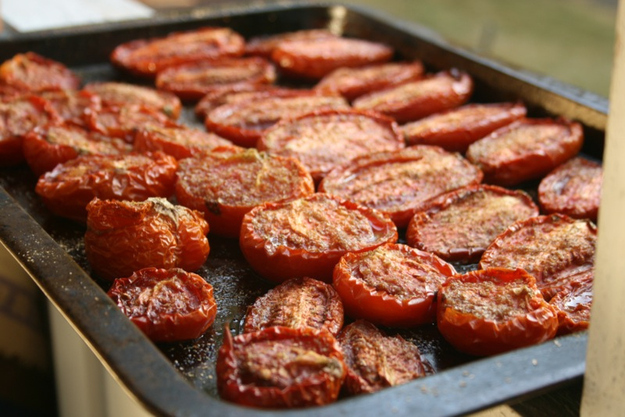
If you have sad, pale winter tomatoes, slow-roasting is a magic way to make them delicious. They'll get concentrated and sweet, and you can use them anywhere you'd use a fresh tomato.
1. Cut tomatoes in half across the equator and remove seeds (if you care) with your fingers.
2. Sprinkle with olive oil, salt, pepper, a pinch of sugar (plus fresh thyme, if you want).
3. Bake on a cookie sheet (lined with a Silpat if you have one) at 200 degrees for a few hours.
From Peter Dale, chef at The National in Athens, Georgia.
9. Roast chicken with the legs at the back of the oven.
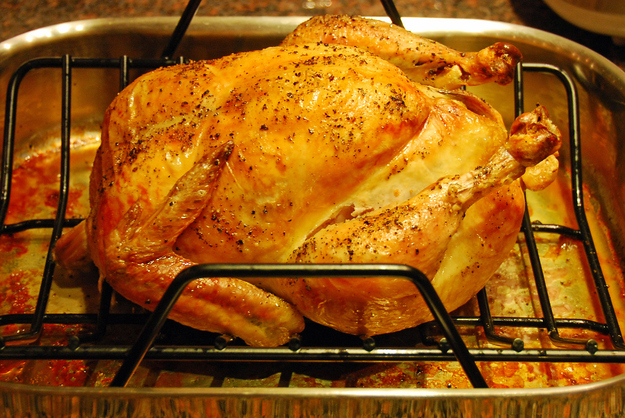
The back corners of an oven get the hottest, and the legs of a chicken take the longest to cook. Push the legs end of the roasting pan (turned diagonally) back toward one corner of the oven for the first half of cooking. Then move so the legs point towards the other corner for the second half (this will make sure both legs cook evenly).
From Samin Nosrat, chef and teacher at the Pop-Up General Store in Berkeley, California, who got the tip from Jacques Pepin.
10. Save time by boiling water before you add it to what you're cooking.
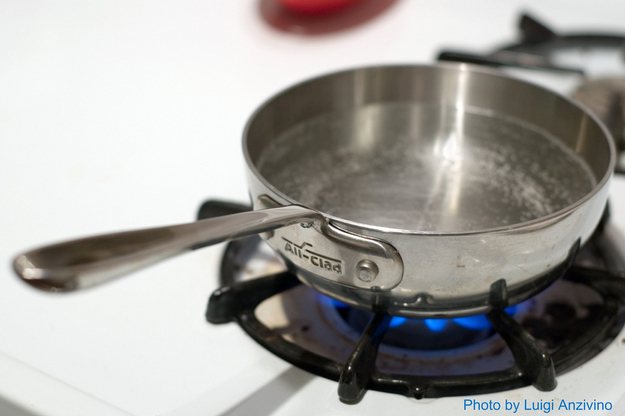
When a recipe (like soup or stew) calls for water to be added part of the way through, boil the water first. Adding cold water will slow the whole cooking process way down.
From Omar Powell, chef at Sugarloaf Country Club in Duluth, Georgia
